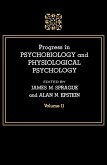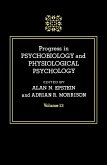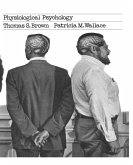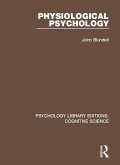Progress in Psychobiology and Physiological Psychology, Volume 10 reviews progress in the fields of psychobiology and physiological psychology, with emphasis on the anatomy and function of the brain in terms of behavior expressed by the organism. Topics covered include neuronal plasticity maintained by the central norepinephrine system in the visual cortex of the cat; pain sensation in primates; and classical conditioning in the rabbit.
Comprised of four chapters, this volume begins with a discussion on the elegant body of research relating the norepinephrine system of the brain and plasticity in the developing visual cortex. The next chapter offers a critical and insightful account of pain sensations and responses in monkeys and humans, the effect of morphine on them, and the neural pathways in the spinal cord mediating them. The third chapter investigates the neural basis of the nictitating membrane response (NMR) electrophysiologically, recording from a number of brain sites. It shows that the memory trace for this conditioned response is localized in the cerebellum. The final chapter is devoted to the principles and methods of classical conditioning, centered on the NMR in the rabbit. Conditioning is analyzed within a broad experimental and theoretical context.
This book should be of interest to biologists, psychologists, and physiologists.
Comprised of four chapters, this volume begins with a discussion on the elegant body of research relating the norepinephrine system of the brain and plasticity in the developing visual cortex. The next chapter offers a critical and insightful account of pain sensations and responses in monkeys and humans, the effect of morphine on them, and the neural pathways in the spinal cord mediating them. The third chapter investigates the neural basis of the nictitating membrane response (NMR) electrophysiologically, recording from a number of brain sites. It shows that the memory trace for this conditioned response is localized in the cerebellum. The final chapter is devoted to the principles and methods of classical conditioning, centered on the NMR in the rabbit. Conditioning is analyzed within a broad experimental and theoretical context.
This book should be of interest to biologists, psychologists, and physiologists.
Dieser Download kann aus rechtlichen Gründen nur mit Rechnungsadresse in A, B, BG, CY, CZ, D, DK, EW, E, FIN, F, GR, HR, H, IRL, I, LT, L, LR, M, NL, PL, P, R, S, SLO, SK ausgeliefert werden.









